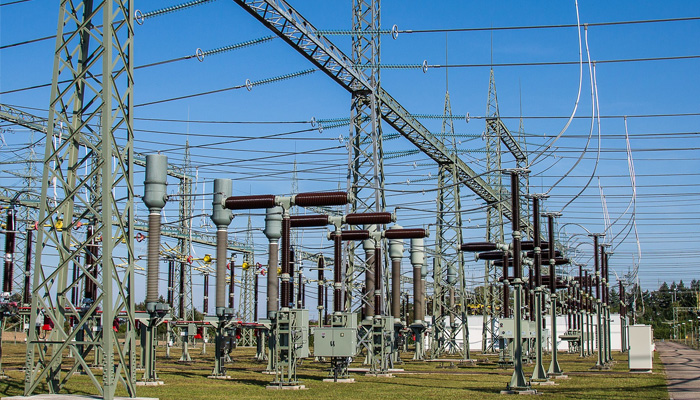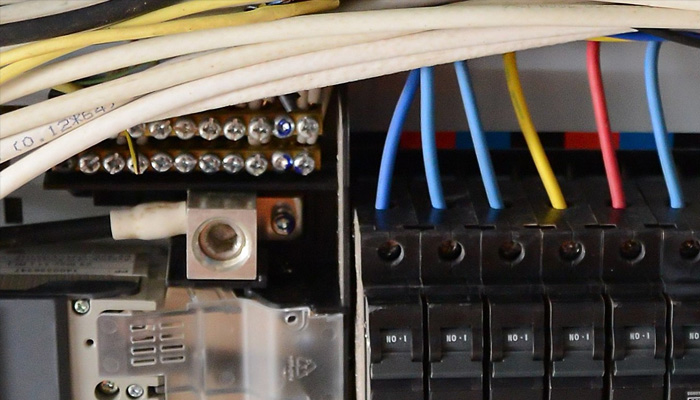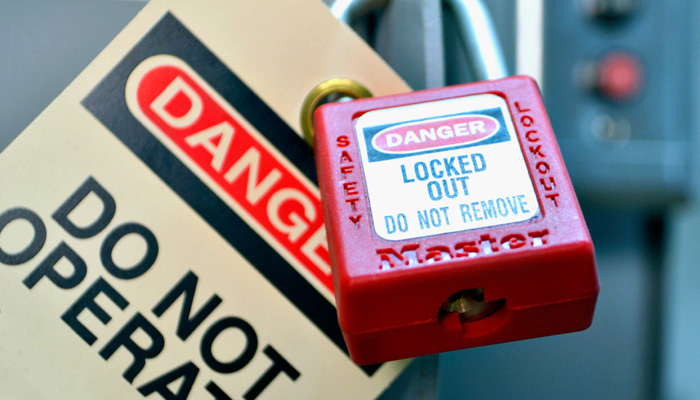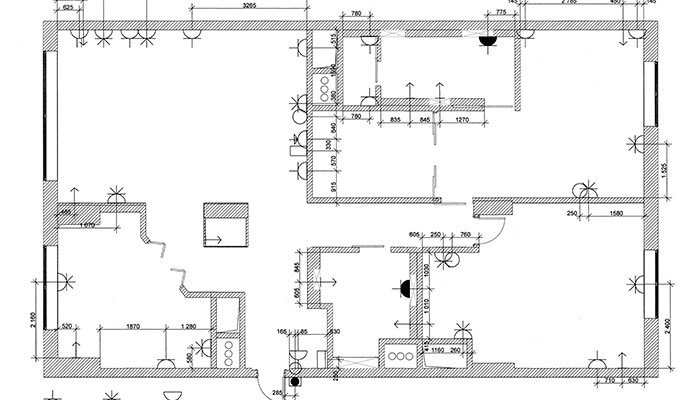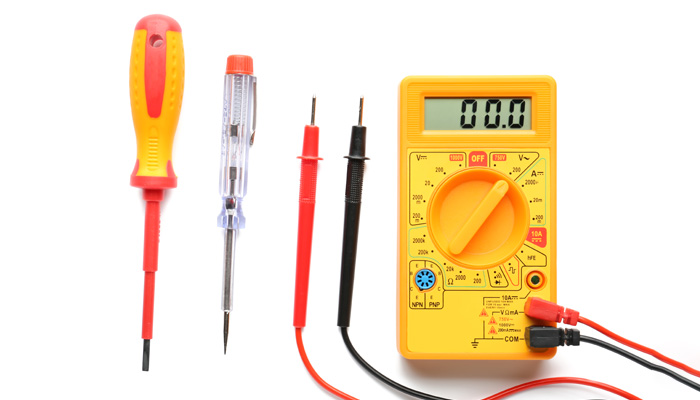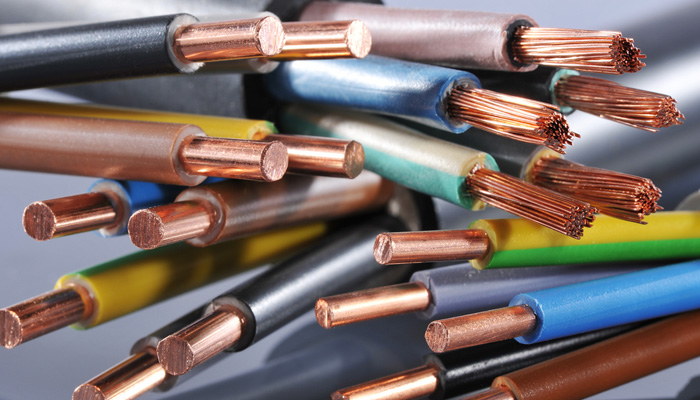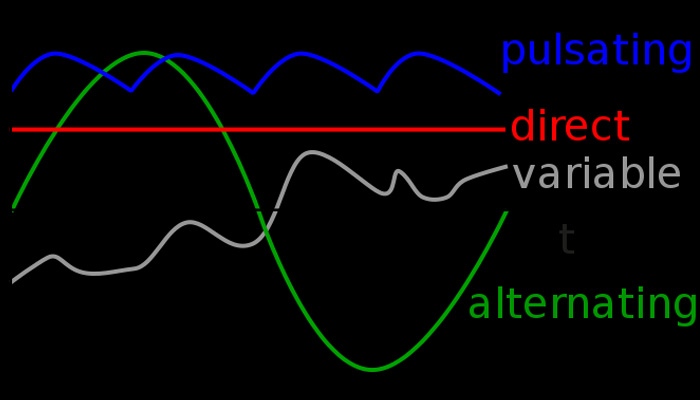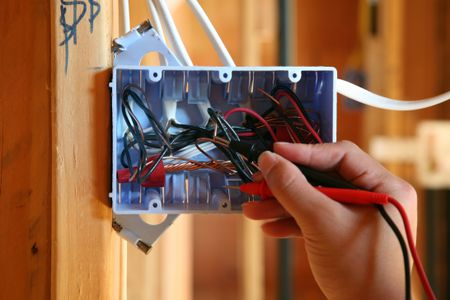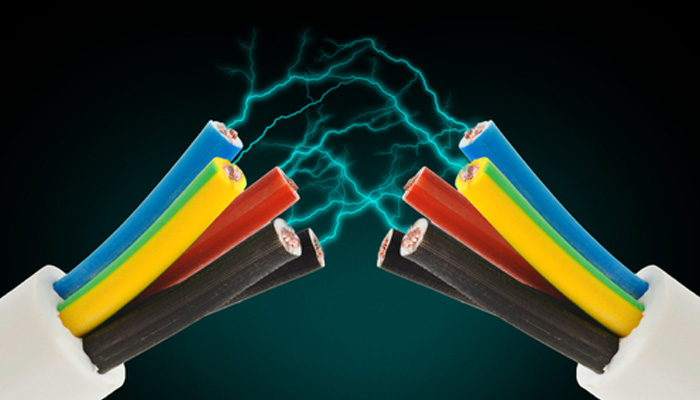Our Electrical Course Catalog is quickly growing and we want to fill you in on what to expect. Our courses currently include over 10 hours of instruction including 100 videos and 75 quizzes.
Try these courses for free by signing up for a 14-day trial.
ELEC101: Fundamental Electrical Concepts
This course lays the foundation for all the other electrical courses by explaining in simple terms where the fundamental concepts come from and how they all interrelate with each other.
What You’ll Learn
- The eight fundamental concepts underlying all electrical circuits and calculations: energy, power, voltage, current, resistance, charge, inductance and capacitance
- Where all the units of electrical measurement come from
- The difference between power and energy
- How Ohm figured out Ohm’s Law
- How electricity can create magnetism and vice versa
- How a relay works
ELEC102: Electrical Panels: Components and Safety
This course provides an introduction to the major components of electrical panels and provides safety information for the technician working with electrical panels.
What You’ll Learn
- Components of a residential Main Service Panel and Subpanel
- Main Service Panel and Subpanel wire connections
- Difference between a ground conductor and a neutral conductor
- Type and function of circuit breakers and receptacles
- Disconnect and Lockout/Tagout safety procedures
ELEC103: Electrical Safety
Knowing how to stay safe in the electrical field is essential. This course begins with an overview of OSHA (Occupational Safety and Health Administration), which oversees job site safety standards and inspections, followed by a review of the dangers of electrical work and the effects those dangers have on the body. Next, you will learn about what personal protective equipment to wear while working and how it is the last line of defense against injury. Finally, electrical safety best practices will be presented. You’ll learn about safe techniques and tools that will help to eliminate potential dangers.
What You’ll Learn
- Common electrical dangers
- Effects of electrical mishaps on the body
- How proper grounding promotes electrical safety
- Safe behaviors and techniques to ensure electrical safety
ELEC104: Residential Electrical Code
In this course, you will learn about the National Electrical Code, which is a set of guidelines that covers the best ways to do electrical work in residential and commercial settings. This course focuses on residential guidelines, beginning by explaining where to place wall receptacles, ground fault protection as well as AFCI retrofitting. You will then go through the specific requirements for each room, including the living room, laundry room, and garage. Finally, you will learn how the code varies across the country as well as how to navigate these differences.
What You’ll Learn
- What the National Electrical Code is
- National Electrical Code suggestions for general areas in the home
- National Electrical Code suggestions for AFCI and GFCI protection, and tamper-resistant receptacles
ELEC105: Power Distribution, Delta and Wye Systems
Discover how electricity goes from the generation station to residential, industrial and commercial sites. This course begins by explaining how the power from the high voltage lines transforms into usable voltage in the home, and where residential ownership of these lines begins. It then continues with what exactly a transformer is in addition to how it works. You will learn about the three different types of transformers: isolation, auto, and buck-boost, with a more in-depth look at buck-boost. Finally, you’ll take a look at three-phase power, what it is and why it is used, in addition to the two types: Wye and Delta.
What You’ll Learn
- How power is distributed to homes
- What transformers are and what they do
- What 3-Phase power is
- Features of Delta and Wye 3-Phase power configurations
ELEC106: Electrical Tools
This course presents three tools frequently used by electrical and HVAC technicians and facilities maintenance professionals– multimeter, non-contact voltage tester, and a receptacle tester. The features, functions, and common uses of each tool will be presented. The non-contact voltage tester and receptacle tester lessons include instruction on how to use those tools.
What You’ll Learn
- What multimeters measure
- How to use a non-contact voltage tester
- When to use a non-contact voltage tester
- How to use a receptacle tester
- When to use a receptacle tester
- The six faults a receptacle tester can identify
ELEC107: Wire Types and Sizes
This course lays out everything you need to know about wires and conductors to be successful in the electrical industry. The different sizes and structures of wires as well as code designations will be covered. The course begins with an explanation of the American Wire Gauge system followed by a discussion of the different types of strands and how to understand code designations to identify the properties of the cable. The common cables encountered in the industry are described including NM-B and Metal-clad cable. By the end of this course you will have a much better understanding of the wires and cables you’ll work with every day.
What You’ll Learn
- How to identify different types of wire sizes and structures.
- What the various code designations mean.
- How to identify properties of cables.
- What the most common wires in the industry are used for.
ELEC108: AC Power
This course begins with a review of direct current (DC) power concepts, to make learning about alternating current (AC) power easier. The DC power review is followed by an introduction to AC electricity, focusing on single-phase power. Next, there is a discussion of AC waveform. The course concludes with lessons on generating single-phase and three-phase alternating current.
What You’ll Learn
- What alternating current is
- AC waveform values and parameters
- The movement of single-phase alternating current
- How single-phase alternating current is generated
- How three-phase alternating current is generated
ELEC109: Introduction to Residential Circuits
An electrical plan for a room or house can look like a super complicated maze of lines and symbols! So in this course, we break it all down for you. An electrical plan shows single lines for all the circuits, and symbols for receptacles, switches, different types of lights, and so on. We actually go line by line and symbol by symbol through a variety of rooms in a house – actually the same house we use for our residential wiring troubleshooting simulations. Each room is designed to include a new element, and a little more complexity, so you gradually progress through 5 different electrical plan scenarios. The circuits are deliberately designed to familiarize you with different components, like 3- and 4-way switching, standard and GFCI receptacles, and 2- and 3-wire cabling. We also take different approaches to circuit design like having switches at the start or end of a run, and operating two fixed appliances with one cable in a multi-wire branch circuit that shares a common neutral. By the end of the course, you’ll be comfortable reading complex electrical plans and will have an appreciation for the variety of ways room circuits can be designed.
- What is an ‘electrical plan’ and what are common circuit component symbols
- How 2-conductor and 3-conductor cables are used in residential wiring
- How a 3-way light switching circuit is wired
- How ‘fixed appliances’ are wired with their own dedicated circuits
- What is a multi-wire branch circuit and how it is wired
- Three ways to provide GFCI protection to receptacles in the kitchen
- How a 4-way light switching scenario works
ELEC110: Ampacity and Wire Sizing
This course is all about a really fundamental and useful concept in electrical work – the ampacity of conductors—that is, the maximum amount of current that a conductor can carry on a continuous basis without getting dangerously hot. In the lessons of this course you will progress gradually, beginning with a simple introduction to the key ampacity tables in the National Electrical Code, because working with ampacity is all about knowing where to find the values. We show you exactly how to find the ampacity for any wire, but then go further to explain things like how to choose which temperature column to use, based on environmental and code exceptions. And we cover, pretty carefully, the reasons why you often have to adjust the values found in the ampacity tables, based on what are called ‘conditions of use’ like the ambient temperature around a wire or how many wires are crammed inside a conduit. And we end the course with a nice set of worked examples, so you really get comfortable with applying everything you have learned about ampacity.
-
What are the specific tables in the NEC that present ampacity values
-
How to read ampacity values given a wire type and size
-
Exceptions for small wire sizes
-
What are the three temperature rating groups for common wire insulation types
-
Specific reasons to use a different temperature rating column than is assigned to a wire insulation type
-
What are two ‘conditions of use’ that typically reduce the ampacity value you find in the tables
-
How to apply all the standard and special rules to determine final ampacity in a variety of situations

